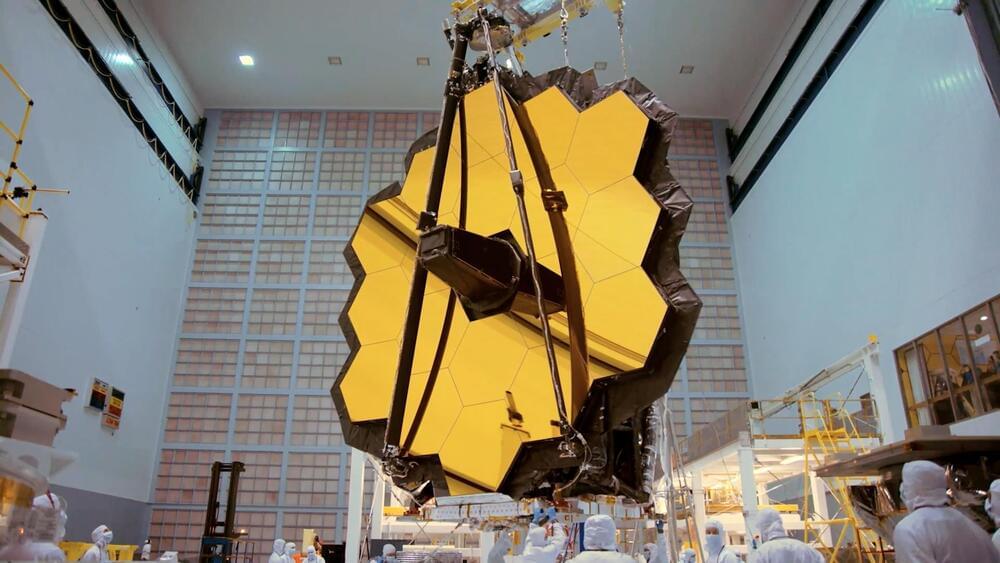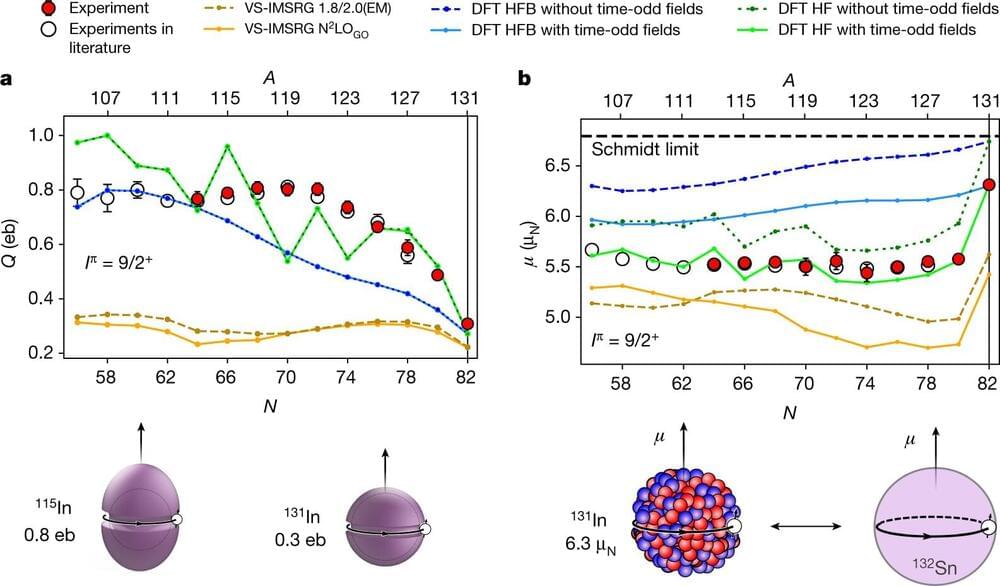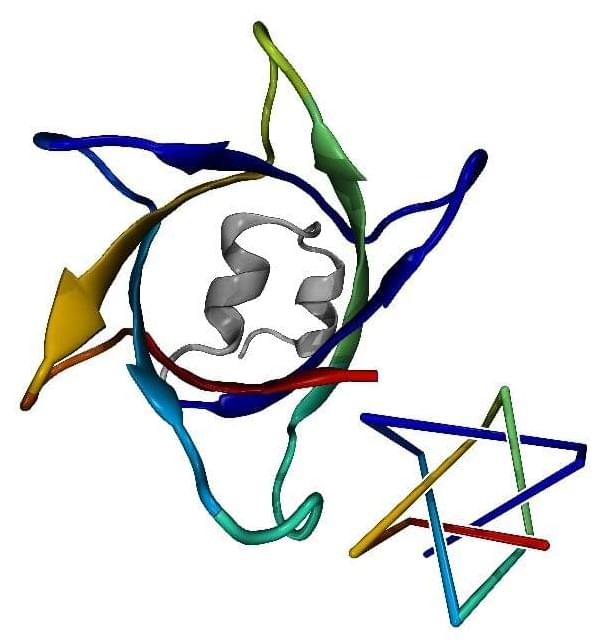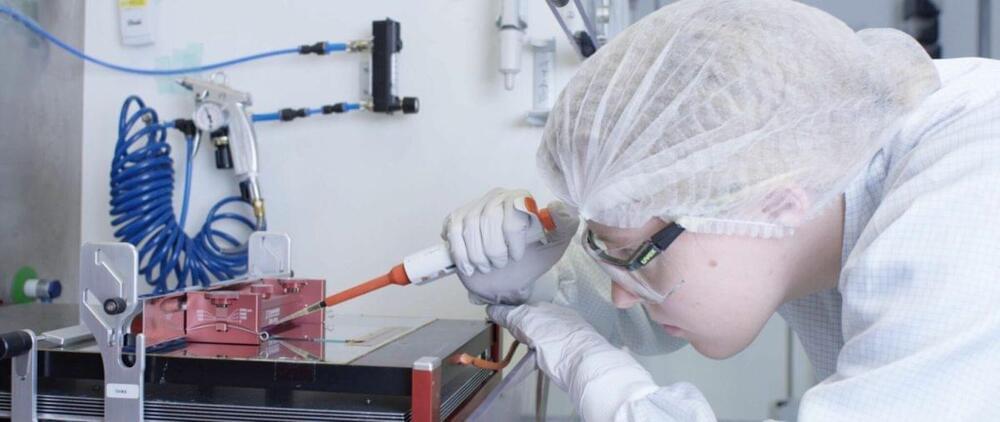An international team of physicists has developed a new technique that allows researchers to study the interactions between neutrons inside of an atom. In their paper published in the journal Nature, the group describe their laser spectroscopy measurement technique and how it can be used.
It has been nearly 100 years since scientists discovered that inside of every atom are protons —which give atoms their atomic number —as well as neutrons. And despite much study of subatomic particles, scientists still do not know what sorts of interactions go on inside of an atom. In this new effort, the researchers modified laser spectroscopy measurement techniques to study such interactions.
In this new work, the researchers began by looking at elements with a magic number —those that have highly stable protons and neutrons—and wound up using indium-131, which has a magic number of neutrons, and also a proton hole, in which a nuclide has one fewer proton than a traditional magic number element. Indium-131 is, unfortunately, also notoriously unstable, which means that it only exists for a short time before breaking down—it tends to last for just 0.28 seconds.





